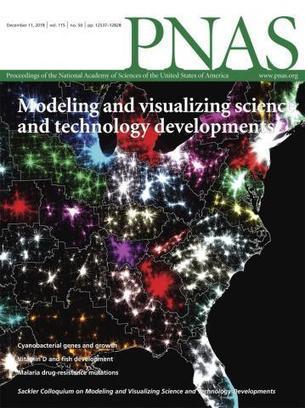Habitat connectivity is essential for maintaining populations of wildlife species, especially as climate changes. Knowledge about the fate of existing habitat networks in a changing climate and in light of land-use change is critical for determining which types of conservation actions must be taken to maintain those networks. However, information is lacking about how multiple focal species that use similar habitats overlap in the degree and geographic patterns of threats to linkages among currently suitable habitat patches. We sought to address that gap. We assessed climate change threat to existing linkages in the southeastern United States for three wildlife species that use similar habitats but differ in the degree to which their ranges are limited by climate, habitat specificity, and dispersal ability.
Research and publish the best content.
Get Started for FREE
Sign up with Facebook Sign up with X
I don't have a Facebook or a X account
Already have an account: Login
Revue de presse et du net par le Pôle de partage des connaissances S&T de l'Office français de la biodiversité
Curated by
DocBiodiv
 Your new post is loading... Your new post is loading...
 Your new post is loading... Your new post is loading...
|
|











Jennifer K. Costanza, James Watling, Ron Sutherland, Curtis Belyea, Bistra Dilkina, Heather Cayton, David Bucklin, Stephanie S. Romañach, Nick M. Haddad,
Preserving connectivity under climate and land-use change: No one-size-fits-all approach for focal species in similar habitats,
Biological Conservation,Volume 248,2020,108678,ISSN 0006-3207, https://doi.org/10.1016/j.biocon.2020.108678.